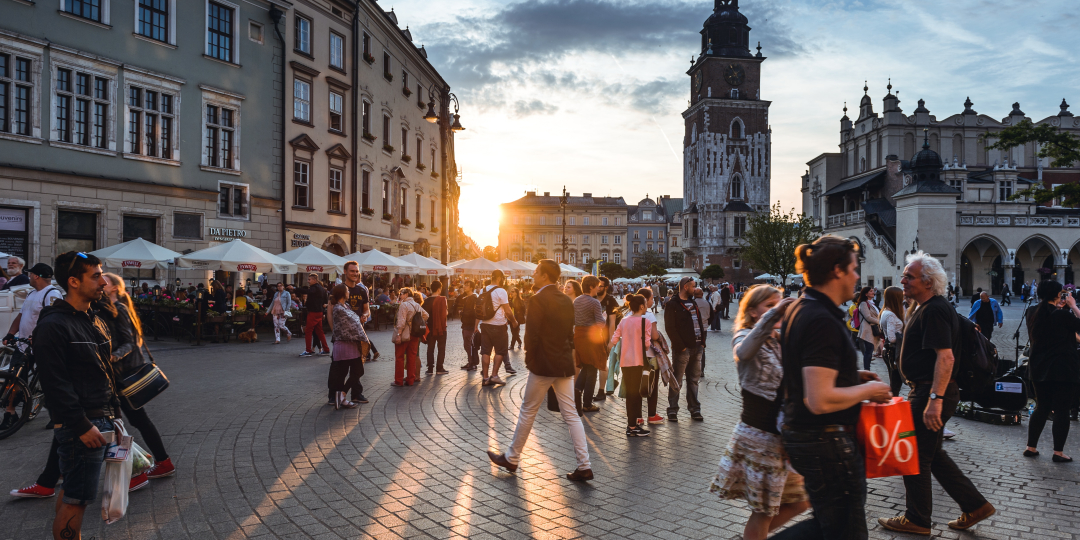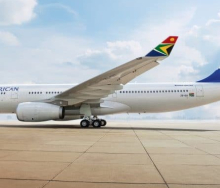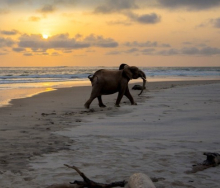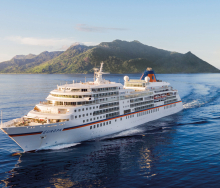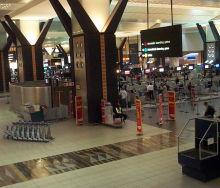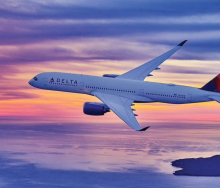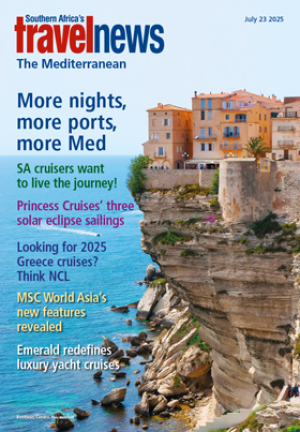The World Travel & Tourism Council (WTTC) has published a report, ‘Global Retail Tourism: Trends and Insights’, detailing the growth of the retail tourism industry.
The research was a joint-venture between WTTC and the Hospitality & Tourism Research centre of the Hong Kong Polytechnic University, in collaboration with The Bicester Collection, and was published during an event in La Roca Village, which is part of The Bicester Collection, in Spain, as part of the Village’s 25th anniversary, reports traveldailynews.com.
In 2019, retail tourism contributed $178 billion (R3,36trn) to the travel and tourism sector’s value, comprising from 6% to more than 15% to these sectors in some destinations.
Despite its contribution to global economies, retail tourism has been historically under-researched, resulting in a lack of criteria data for strategic foresight.
The WTTC report unveils the immense potential of retail tourism for destinations and businesses.
According to the report, despite challenges during the pandemic, the retail tourism industry began recovering in 2021, with the Americas and Europe in the lead. During its recovery, retail tourism overtook overall economies in almost all pre-pandemic markets, demonstrating remarkable resilience and future growth potential.
“Retail tourism is no longer just about buying souvenirs; it’s a driving force behind the recovery of the travel and tourism sector, contributing significantly to revenue, job creation, and overall economic growth,” said Julia Simpson, WTTC President and CEO.
Retail tourism is playing a crucial role in the recovery of the travel and tourism sector, which saw inbound tourism revenues surging by 82% in 2022. Shopping is no longer just a leisure activity, instead it shapes travel decisions, enhances destination appeal, boosts foreign exchange earnings, and supports local brands and products.
The report emphasises emerging themes, including ‘retailtainment’ – the fusion of retail and entertainment to incentivise shopping and enhance the customer’s experience. It also provides valuable insights into the spending patterns and preferences of today’s retail tourists and how there is growing demand for experiential tourism merged with shopping.
Furthermore, the report analyses popular shopping locations, such as high-street shopping and out-of-town retail, and the relationships between traditional retail experiences and online shopping, which the report found complemented rather than competed with one another.
The report outlines and addresses challenges that may affect the future of the retail tourism industry, including obstacles related to labour laws and the impact of tax-free shopping policies.
The report also offers stakeholders valuable recommendations and guidance on how to navigate this emerging trend successfully.
Simpson said the report was meant to urge stakeholders across the travel and tourism sector to adapt to changing traveller preferences. She believes travellers are not only looking for picture-worthy destinations, but are also looking for authentic brands that capture the culture and uniqueness of their destination, as well as luxury brands in a luxurious setting.
“A collaborative approach between retail, travel, and tourism elevates the traveller’s journey, balancing sector growth with conscious actions. Through destination integrity, technological embrace, public-private co-operation, empathising with the traveller’s point of view and advocating for well-considered policies, we chart the path for retail tourism’s dynamic future,” said Desirée Bollier, The Bicester Collection Chair and Global Chief Merchant.
